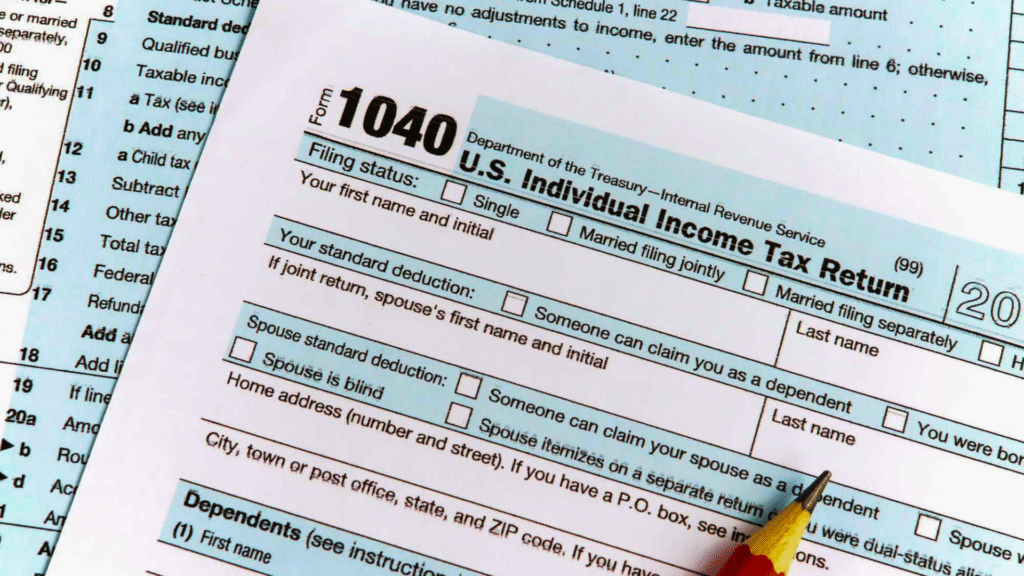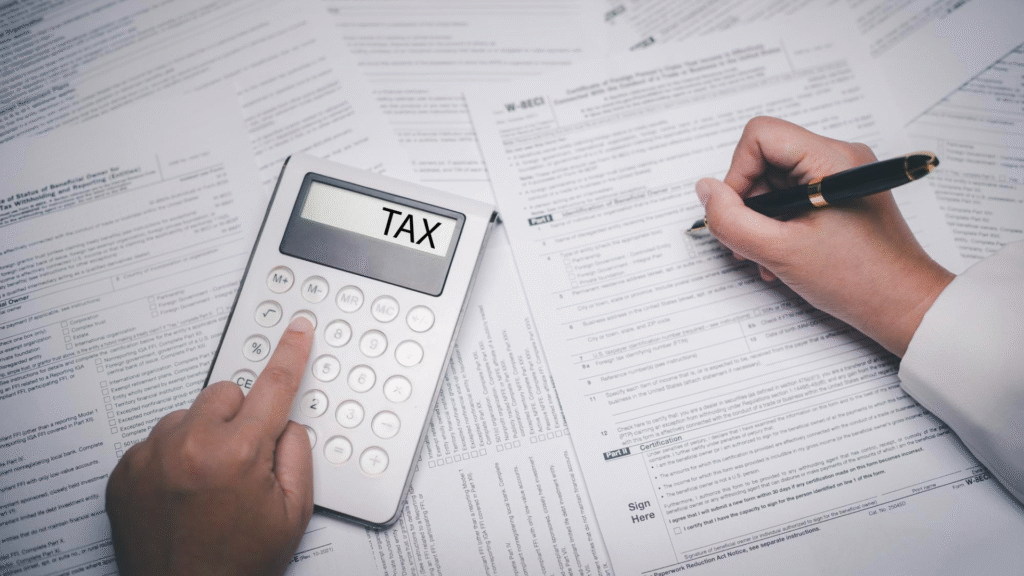Filing individual tax returns can feel like navigating a maze — forms, deductions, and endless IRS codes. Whether you’re a full-time employee, self-employed, or juggling multiple income streams, understanding how to properly file your taxes is essential for staying compliant and maximizing your refund potential.
This guide breaks down the most common tax forms — Form 1040, Form 1095-A, W-2 vs 1099 — and explains how a Certified Public Accountant (CPA) can simplify the entire process.
Understanding Individual Tax Returns

An individual tax return is a document you file with the tax authorities each year to report your income, deductions, and credits. This return determines whether you owe additional taxes or qualify for a refund.
Filing accurately and on time helps you avoid penalties and ensures that all your eligible deductions are accounted for — from mortgage interest and medical expenses to education credits and charitable contributions.
The Heart of the Process: Form 1040

Form 1040 is the cornerstone of your individual tax return. Every taxpayer uses this form to report their total income, deductions, credits, and taxes paid throughout the year.
There are different variations of Form 1040, including:
- Form 1040: Standard form for most individual taxpayers.
- Form 1040-SR: Designed for senior citizens, featuring larger print and simplified instructions.
- Form 1040-NR: Used by nonresident individuals.
When filling out Form 1040, you’ll report all sources of income — wages, salaries, self-employment earnings, dividends, and more. From there, you’ll calculate your adjusted gross income (AGI), apply eligible deductions, and determine your taxable income.
Health Coverage Reporting: Form 1095-A

If you received health insurance coverage through a government marketplace or exchange, you’ll get Form 1095-A (Health Insurance Marketplace Statement).
This form provides details on your insurance plan, premium amounts, and any advance premium tax credits you received. You’ll use this information to complete Form 8962 (Premium Tax Credit) when filing your tax return.
Failing to include Form 1095-A can cause delays in processing your return or result in incorrect tax credit calculations — so double-check that you have it before filing.
W-2 vs 1099: Understanding the Difference

Knowing the difference between W-2 and 1099 forms is crucial since it determines how your income is reported — and how much tax you owe.
Form W-2 (Employee Income)
If you work as an employee, your employer will issue a Form W-2 showing your wages, federal and state taxes withheld, and other deductions such as Social Security or Medicare.
Employees generally have taxes automatically withheld throughout the year, making the filing process more straightforward.
Form 1099 (Independent Income)
If you’re a freelancer, contractor, or self-employed individual, you’ll likely receive a Form 1099-NEC (Non-Employee Compensation) from each client who paid you $600 or more during the year. Unlike employees, independent contractors must pay their own income and self-employment taxes, which cover Social Security and Medicare contributions.
However, independent income doesn’t stop there. You may also receive:
- Form 1099-INT for interest earned from bank accounts or other financial institutions.
- Form 1099-DIV for dividends or capital gains distributions from investments.
- Form 1099-B for income from brokerage accounts or the sale of stocks, bonds, or other securities.
- Form K-1 for income, deductions, or credits received as a partner in a business, an S-corporation shareholder, or a beneficiary of a trust or estate.
Understanding which of these forms apply to you helps ensure accurate income reporting and protects you from unexpected tax liabilities during filing season.
Maximizing Tax Deductions and Credits

Tax deductions and credits can make a big difference in lowering your overall tax bill — but only if you know how to use them strategically.
You have two main deduction options:
- Standard Deduction: A fixed amount set by the IRS that reduces your taxable income automatically. It’s simple, quick, and best if you don’t have many deductible expenses.
- Itemized Deductions: Include specific expenses like mortgage interest, property taxes, medical bills, and charitable donations. You can claim either the standard deduction or itemized deductions — whichever is higher, not both.
Keep in mind you can claim only one deduction type: either the standard deduction or itemized deductions, depending on which gives you the greater tax benefit.
Additionally, explore tax credits like the Child Tax Credit, Earned Income Tax Credit (EITC), or Education Credits, which directly reduce the amount of tax you owe — not just your taxable income.
Smart planning here can help you maximize savings and minimize surprises when it’s time to file.
How a CPA Can Simplify the Filing Process?

Filing your taxes on your own can be overwhelming, especially with constant updates to tax laws and multiple income streams to report. This is where CPA support becomes invaluable.
A Certified Public Accountant can help you:
- Identify eligible deductions and credits you might overlook.
- File your return accurately and on time.
- Handle complex forms like Schedule C (for self-employment) or Schedule E (for rental income).
- Ensure compliance with changing tax regulations.
- Represent you in case of an IRS inquiry or audit.
Working with a CPA doesn’t just save time — it helps you file confidently, knowing your financial details are in expert hands.
Tips for a Smooth Filing Experience

To make tax season stress-free, here are a few practical steps:
- Organize early: Keep W-2s, 1099s, and receipts in one place.
- Track expenses: Use digital tools to log deductible expenses.
- Review changes: Stay updated on tax law adjustments for the current year.
- Double-check your forms: Errors can delay refunds or cause rejections.
- Consult a CPA: Even a short consultation can prevent costly mistakes.
Conclusion
Filing an individual tax return doesn’t have to be confusing or stressful. By understanding essential forms like 1040, 1095-A, W-2, and 1099, and by partnering with a qualified CPA, you can ensure your return is accurate, compliant, and optimized for the best possible outcome.
